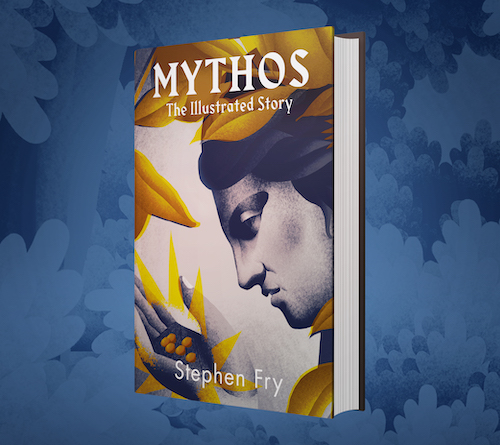Column “Dork Talk” published on Saturday January 19th 2008 in The Guardian
“Motorola U9: What witchcraft is this? – The Guardian headline
It is as if you were looking at a perfectly ordinary spectacles case that suddenly decided to show you a television programme.
I’m reviewing the Motorola U9 phone today. It is a shiny clamshell in the old Motorola PEBL style, not unlike a soap holder in shape and feel. It has all the usual features, being a quad-band GSM phone with EDGE and GPRS for WAP and other data uses, and equipped with a 2 megapixel camera, Bluetooth 2.0 and the familiar flat and sexy Motorola keypad. The model I am using is that gorgeous violet colour Cadbury used for the foil on its Dairy Milk bars years ago. This is a perfect handbag phone: entirely cute, entirely serviceable. There’s a calendar, a music player, Java games, templates and snazzy screensavers; it is very lightweight and has a good battery. Altogether a perfectly fine, well designed, reasonably eye-catching but frankly unremarkable phone. We move on now, surely?

But wait! The U9 has two displays. Open the clamshell and there’s the usual LCD screen, bright and clear, but close it and there’s a screensaver flickering in the surface of the lid. Well, yes, but we’ve all seen that, too, haven’t we, a small window or secondary screen on the cover of a phone? So what’s new?
What is new is that there is no secondary screen; the whole exterior of the phone is pure glossy violet plastic, giving no hint of display capability. The image appears to be going on somehow inside the very surface of the plastic cover. What’s more, if I close the phone while playing a track, a music player now appears – a touch-sensitive music player at that. It is as if you are looking at a perfectly ordinary spectacles case that suddenly decides to show you a television programme and allows you to change channels by touching it. What witchcraft is this?
Welcome to the world of OLED. You may well have heard that there is a new kind of display technology in the offing, and this is it. Organic Light Emitting Diodes will slowly be replacing Liquid Crystal Displays over the next decade. At the moment much of the technology is owned by Eastman Kodak and some of the big players have been reluctant to pay the licences required to use it (see oled-info.com/tags/companies/kodak, but gradually more and more products are coming to market. Sony and Samsung both have OLED televisions ready to spring on the world and Nokia’s new Prism and 8800 Arte phones also feature the technology.
OLED, which sandwiches stacks of light-emitting layers of polymers to form ultra-thin displays, has the remarkable potential to be incorporated into fabric and the lightest of materials, famously raising the prospect of roll-up monitors, a new generation of electronic paper, and a world in which displays can be seen everywhere, in coffee mugs, handbags and neckties; in underwear, shop counters and car doors. OLED, which doesn’t need a backlight, has the advantage of being bright enough to be readable in sunlight, while using less power than LCD. Applications range from holography to 3D video by way of every kind of display currently using LCD, LED, Plasma and CRT. It is even viable as a solid, low-consumption light source. Combine it with the accelerometers that have given the iPhone and the Wii such cachet this year, and a whole new world of human interface possibilities dances in our delirious imaginations.
There is a long way to go yet: OLED technology, although hardly in its infancy, faces problems. Typically the displays last a fraction of the lifetime of LED and LCD, and the patent issue continues to hold back some developers and corporations. But good on Motorola for coming up with a touch-sensitive OLED consumer mobile at this stage of the game.
If you want a sweet little phone that causes eyes to pop and mouths to drop, then the U9 is for you. If you can wait a few years… well, one drools. One positively drools.
© Stephen Fry 2008



